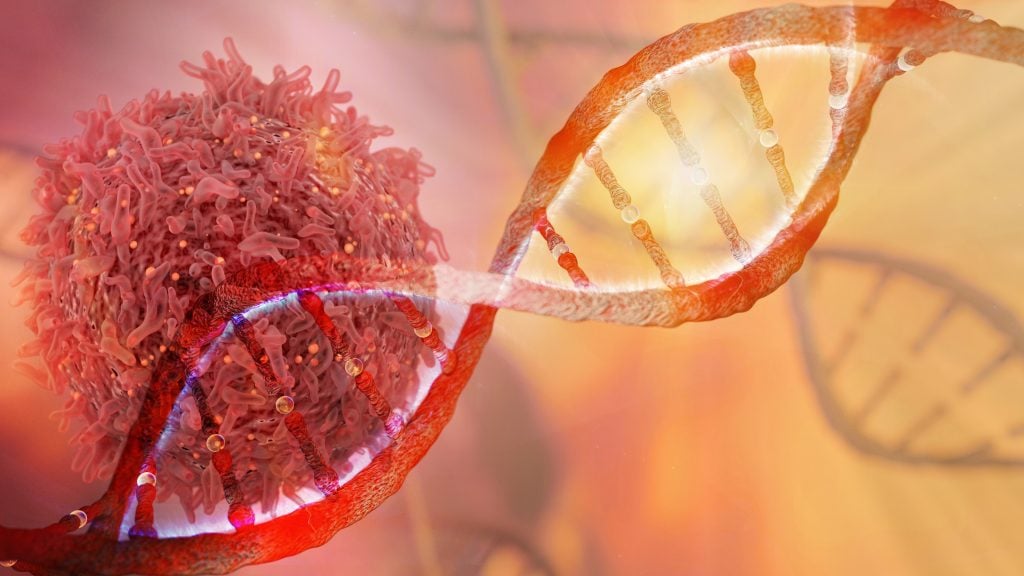
For doctors treating cancer, one key challenge is that each primary form of cancer (such as breast or prostate) may have multiple subtypes, each of which responds differently to a given treatment. Knowing as much as possible about the genetic makeup and impaired biological pathways of a particular patient could help physicians make more informed decisions, says Donald Geman, a professor in the Department of Applied Mathematics and Statistics.
He led a team of mathematicians and cancer scientists who found a way to simplify complex biomolecular data about tumors, in principle making it easier to prescribe the appropriate treatment for a specific patient. The results, published recently in Proceedings of the National Academy of Sciences, outlined how the new computational strategy transforms highly complex information into a simplified format that emphasizes patient-to-patient variation in the molecular signatures of cancer cells.
“[Doctors] want to know if they are looking at a profile of a woman who likely will, or will not, respond to a particular drug. Or do the data indicate the patient will likely relapse within the next five years?” says Geman.
To help provide answers, his team envisioned something similar to the blood work summaries commonly produced when a patient visits a doctor for an annual physical exam. Taking a cue from these tests, the researchers found a way to greatly simplify the data on tens of thousands of molecular states by converting these data to binary labels, indicating whether a measurement falls within or beyond healthy levels.




